El Alto and its Crazy Market
The more I learn about El Alto, the more it fascinates me. The Aymara capital of the world was incorporated in 1986 and instantly became Bolivia’s fourth-largest and fastest-growing city. It’s the biggest city in the world built and inhabited by Native Americans. And it’s the world’s most active “rebel” city, the scene of frequent protest and crippling strikes.
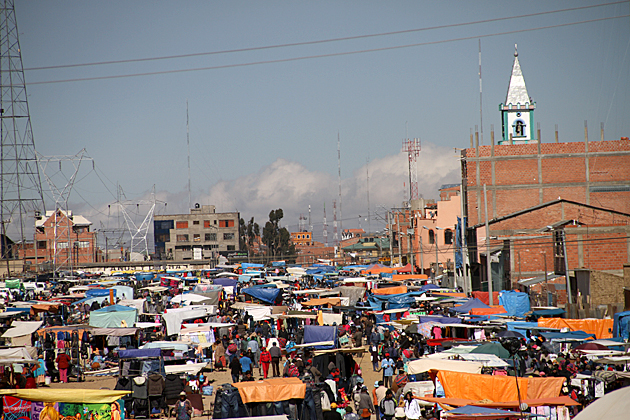
Truthfully, El Alto is more a suburb than a city in the traditional sense. Set in the mountains toward the west of La Paz, the residents of El Alto look down upon the capital city like malevolent gods. Alteños are known to deprecatingly refer to La Paz as the “pit”. And with control over the only road that leads into La Paz, they effectively are gods, able to shut down the capital whenever they choose. I doubt that any city its size in the world is so hostage to a suburb as La Paz is to El Alto.
We went up for the Lucha Libre, and returned to experience the gigantic market which takes place every Thursday and Sunday. Anything you can imagine is on sale here. It might be easier to list the things you can’t buy in El Alto’s market: javelins, circus elephants, wine bottles filled with rat heads, and midget fetish porn. That’s it, and actually, I’m not so sure on that last one.
I dropped a ton of cash at the market. Almost seven bucks! Things are hilariously cheap. Ten audiobooks for a dollar, a hand-carved flute for $1.50, eight DVDs for $3.50, and a weaving for about $3. I have a feeling I was often getting the tourist price; after snatching away the coins, the flute woman said something in Aymara to her giggly blanket friend, probably along the lines of “I just totally ripped off this stupid foreigner!” Yeah, fine, you sure got me. Of course, maybe she said that she gave me a discount because I was so cute. I don’t know Aymara.
The dusty, unpaved streets of El Alto, and the incredible ever-present view over La Paz, give the market a wild-west atmosphere. Sellers shout out the benefits of their wares from every stand, kids play soccer with whatever kickable thing they can find, women haggle over prices while breastfeeding, and there are very few faces that aren’t Aymara.
The market is not without its dangers. We didn’t encounter any problems, but stories of pickpockets abound, and everyone who discovered our plans to visit El Alto gave us stern warnings about safety. As long as you’re not alone, keep your wallet in your front pocket and your backpack around your chest, you’ll probably be fine.
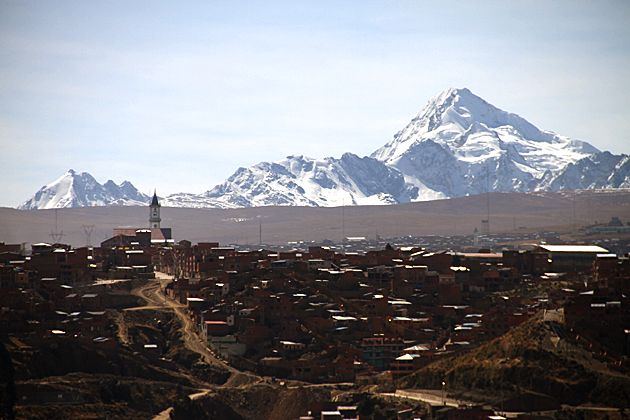
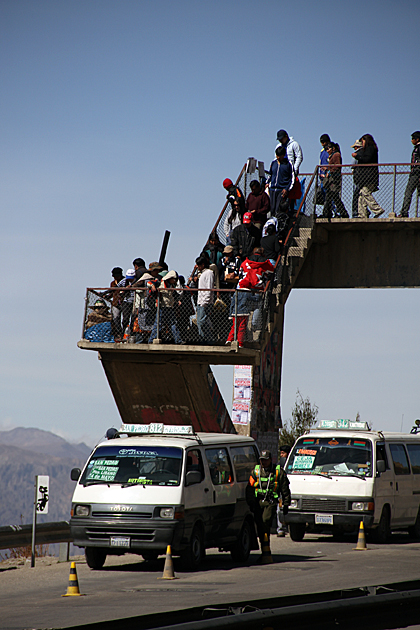
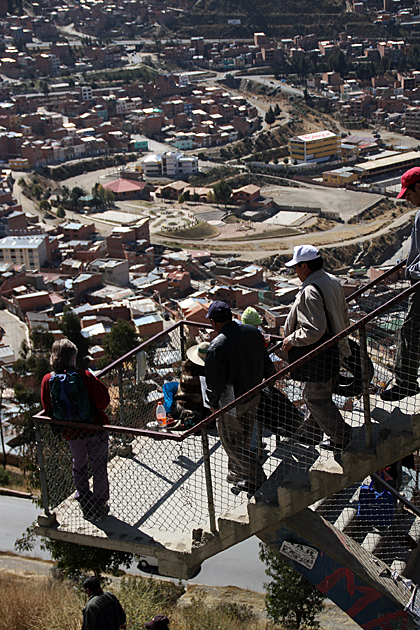
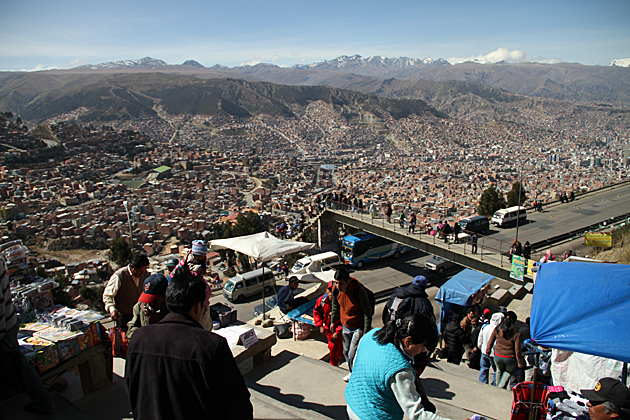
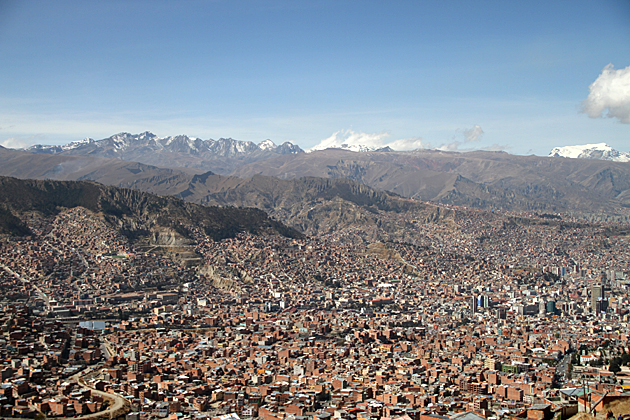
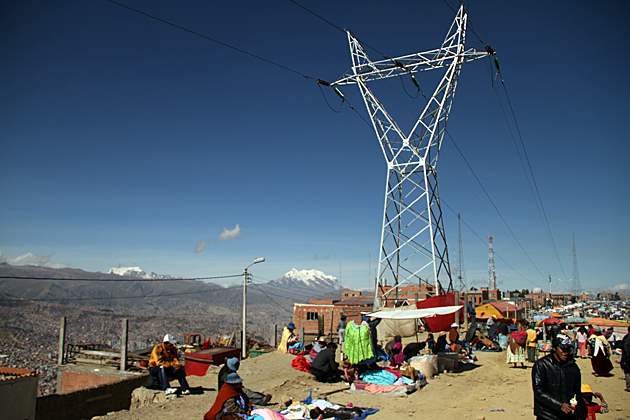



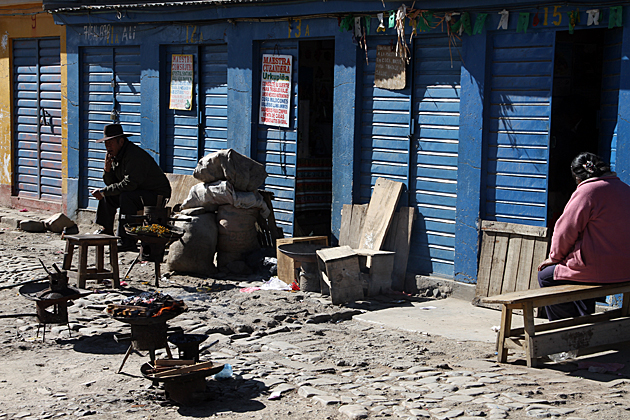
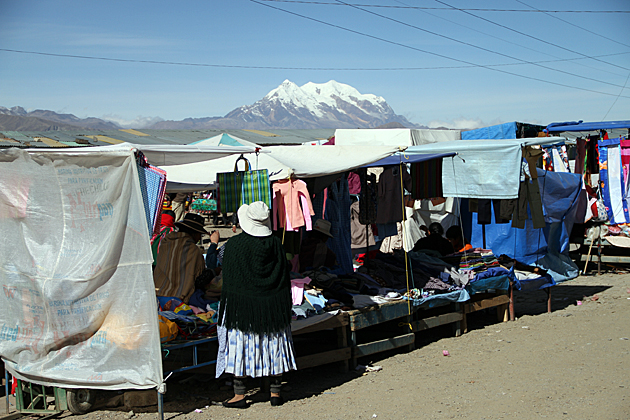

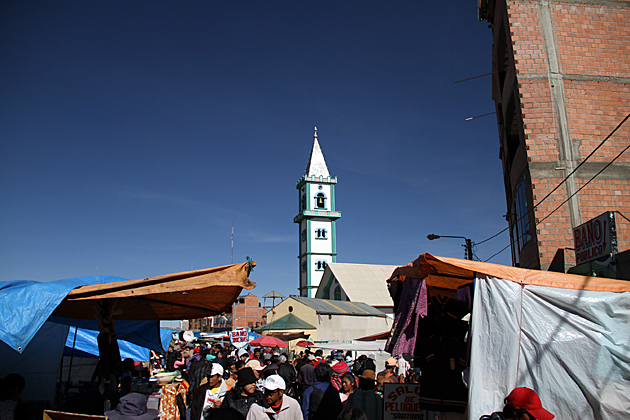
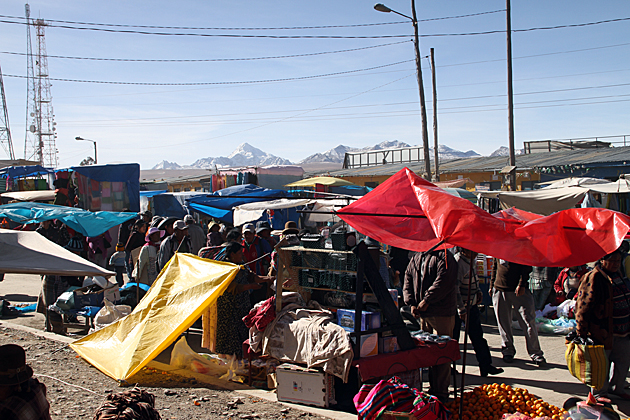
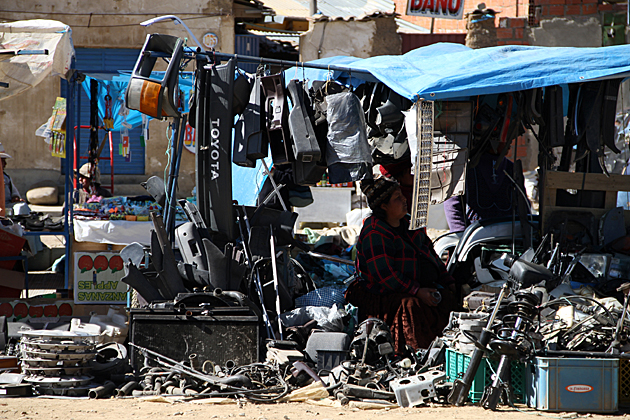
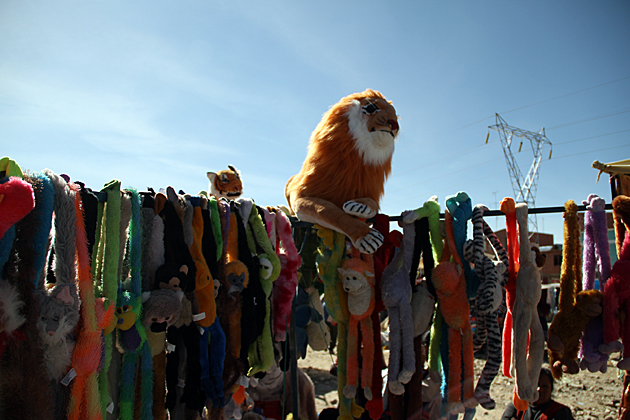
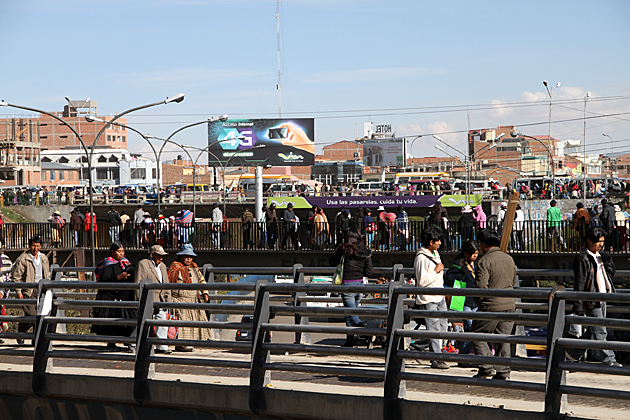
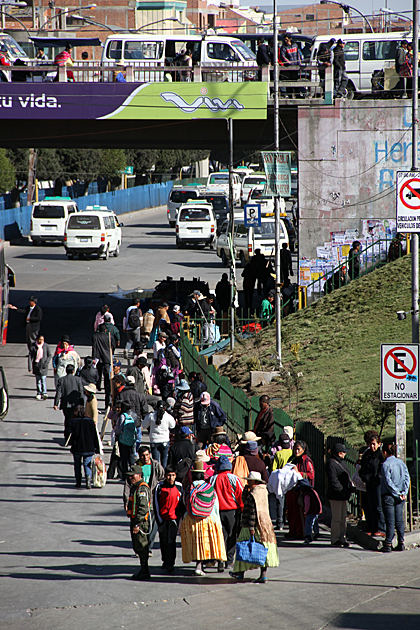
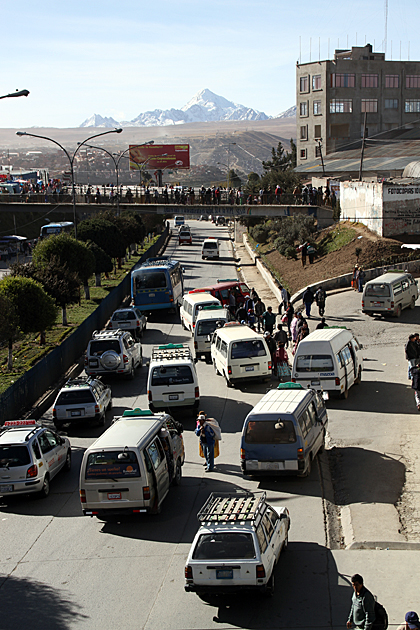

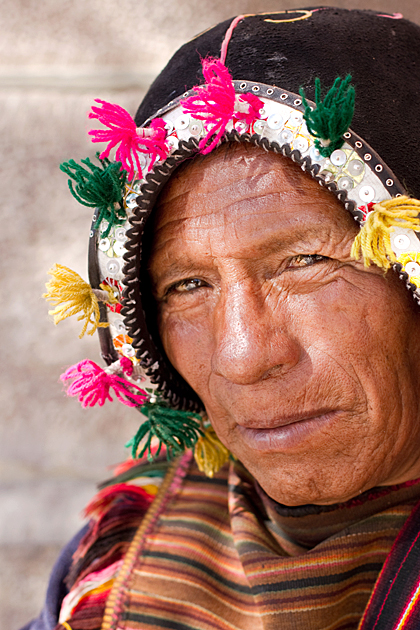
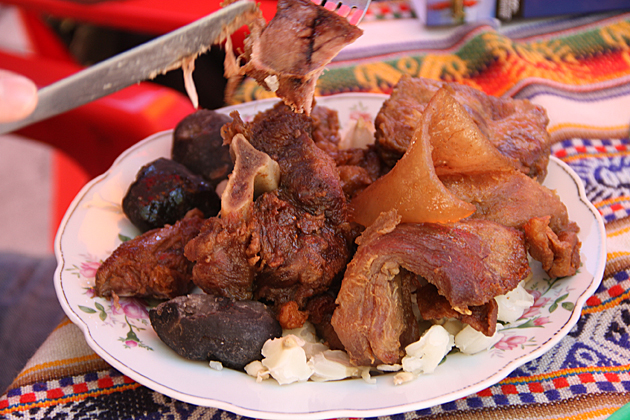
Sounds like a cool area to check out. Will add it to my list 🙂
Pingback: Strike! (Or: Late to Cochabamba) | For 91 Days in Bolivia – Travel Blog
is good to hear about my country, i love it ,but something about el “alto ” la feria… it is fascinating but it is dangerous I am sure about that ,,,lol , and people think it is safe, it is not safe it is very dangerous there . this is from some one that was born there, just be careful about all the reviews most of them are false.
Pingback: El Alto Bolivia - A Dangerous Day In Hindsight
Pingback: El Rastreador de Noticias » Violan a bebé de 7 meses en Bolivia
Yeah the market is pretty sketchy. I’ve been there three times and experienced attempted pickpockets twice. The second time I copped spit to the face as an attempt to distract me. If you keep all your valuables in inside pockets you’ll be fine, except for me a loogy on your face.
For those concerned about visiting, there is now a cablecar all the way to the top. Yes, you do have to watch out, and there were obvious signs of pickpockets, and stall selling what appeared to be the contents of daypacks lifted from tourists in the city below, but there were many more people from the city below and we were told that the cable car has transformed the market. We were traveling with our 6 year old, so left before dark, as did most of the other visitors. I think it would be unwise to explore when quiet. I have linked to our daughter’s blog, with more recent photos.